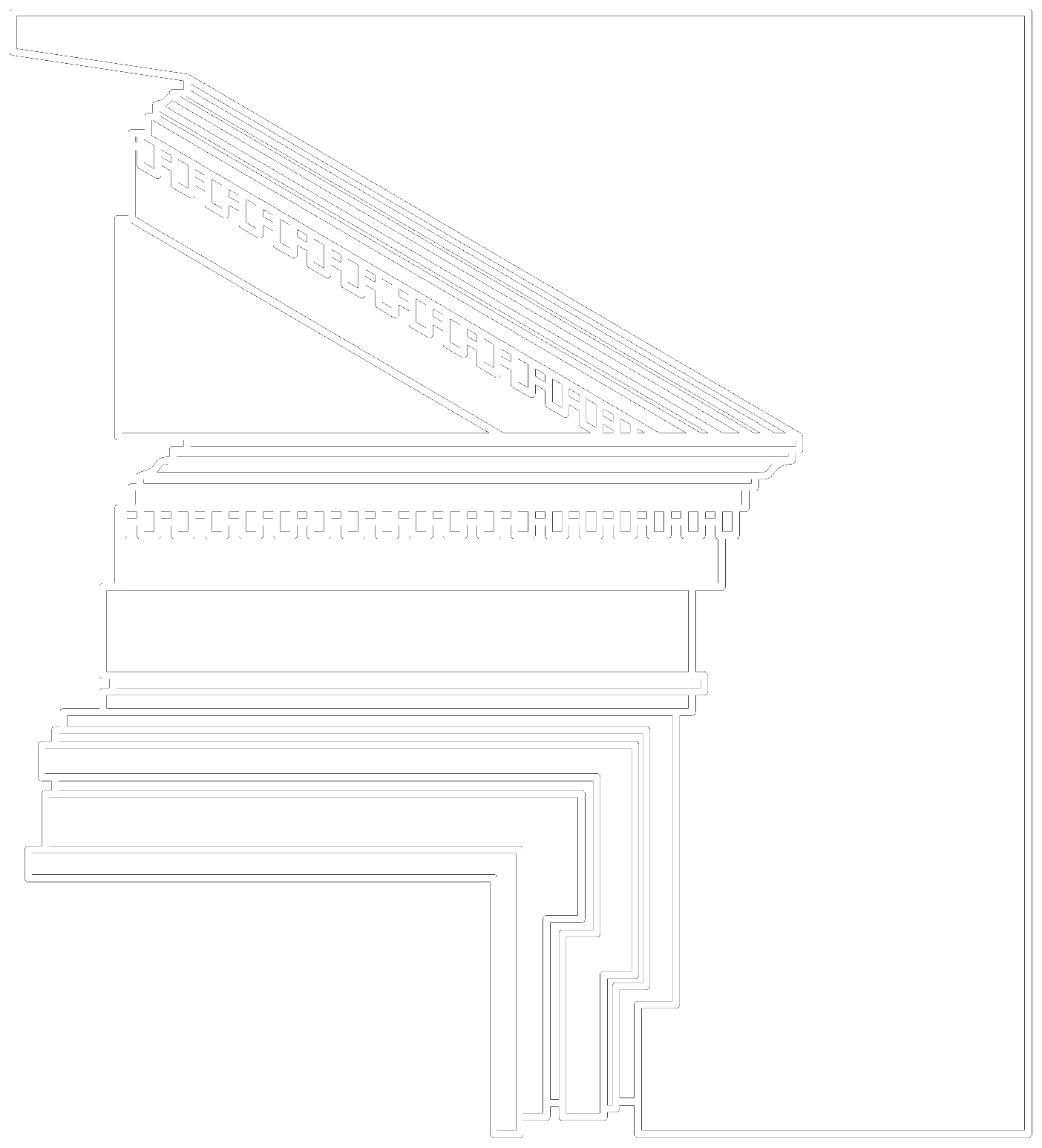I am fortunate to live and work in a bucolic and picturesque part of the world. I live in a small town, filled with historic buildings, hemmed in by two mountain ranges that are protected against development. Visitors come to our area from around the world to share our beautiful setting.
Historic Renovations, Burlington, Vermont
What makes this area so attractive? It is a balance between the region’s natural beauty and the community’s understanding of their role as stewards of their environment. Guidelines and restrictions exist on both state and local levels that have been thoughtfully crafted with the intention of preserving our natural and scenic resources. And…while I may not always agree with these restrictions, I fully support their mission. So often people arrive in our area amazed by its beauty. They purchase property in the community, and then are offended that a committee of their peers has the right to tell them how to build on their lot!
Mid 19th c. Contextual Detailing
Working in a historic district can be particularly challenging. On the other hand, it also provides designers with a vocabulary to employ while crafting buildings. What’s important in working in a historic region is understanding that we are not trying to fool anyone by having our contemporary buildings masquerading as historic impostors. Rather, we need to understand the point in history in which we are working. The fabric of built forms, current technologies, and social patterns all contribute to the context of the buildings we are creating. It is important to understand the fundamentals of form and materials, and how those came to be in the framework of our projects, so that our decisions to employ them, or choose not to, come from a place of meaning.
While projects in historic districts are some of our most challenging, they often prove to be some of the most rewarding.



